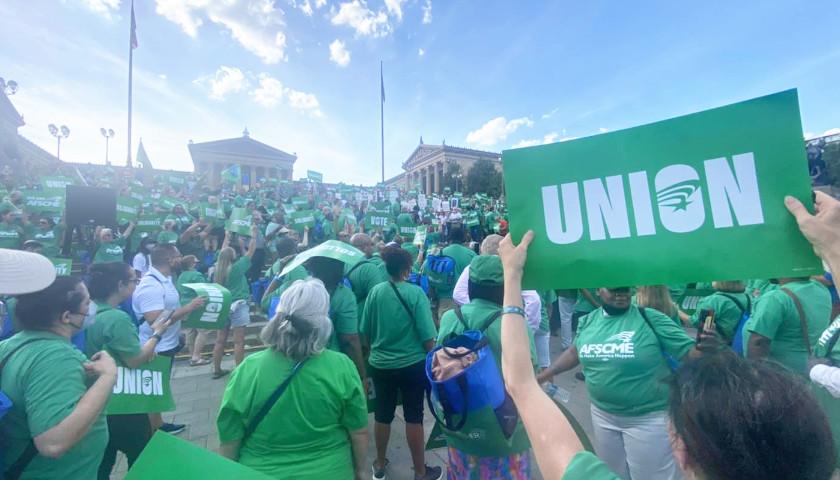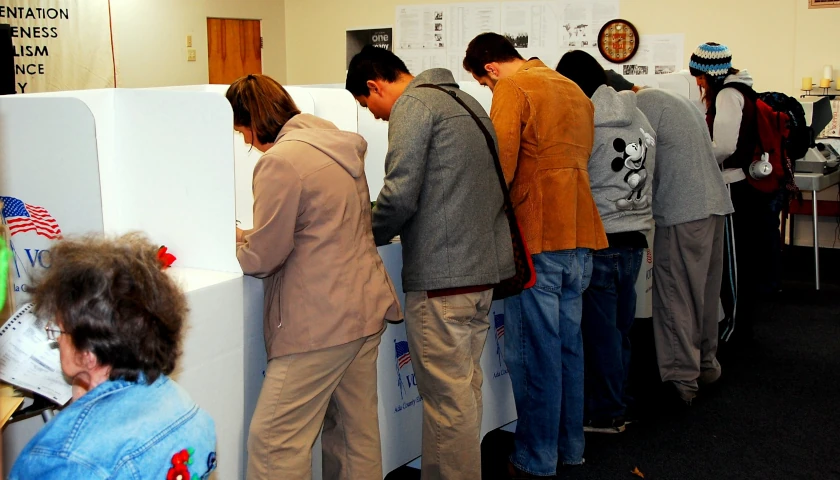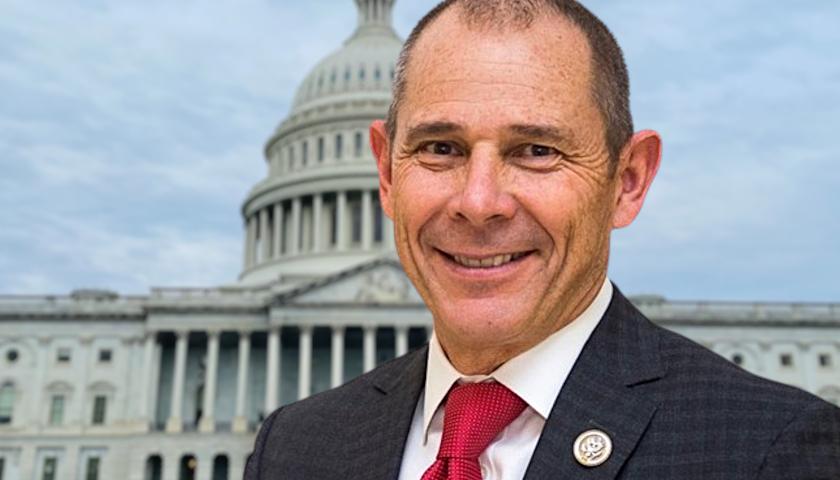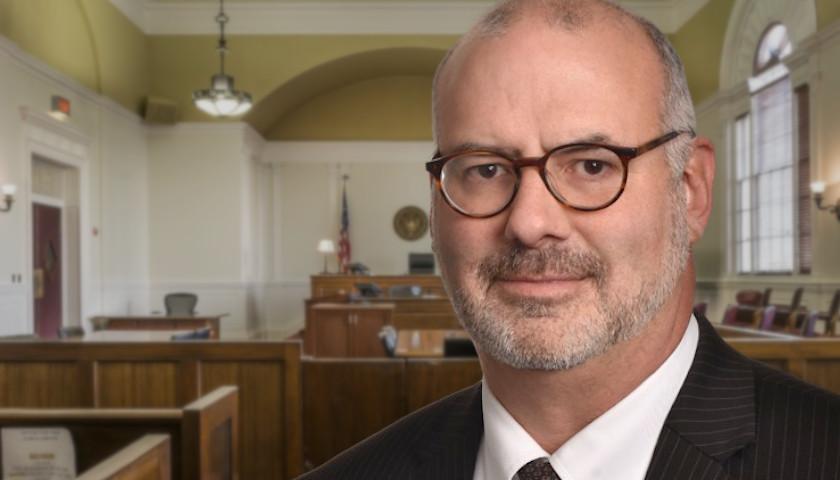by Anthony Hennen
Though not all data is publicly available, Pennsylvania is one of the most union-dense states in America for government workers.
A recent analysis by the Commonwealth Foundation found that Pennsylvania has 34% of its public workers paying union dues. Of all the public workers represented by a union, 74% of them pay union dues.
Unsurprisingly, liberal-leaning states tend to be more union-friendly, which can influence broader policy decisions.
Public-sector unions, Osborne and co-author Andrew Holman argue, differ from private-sector unions in their influence.
“Organizing membership to advance a union’s political objectives is arguably easier for government unions than private sector unions,” they noted in a report presentation on Monday. “Collective bargaining gives government unions direct and exclusive access to the public policymaking process.”
The report analyzed 26 states, though California, Illinois, and Missouri were excluded due to states limiting what information was available to the public. Seventeen states, most of them in the South, were excluded because they have no collective bargaining in state government.
New York has the largest union-represented workforce in state government with 219,000 workers, followed by Florida with 67,000 state workers and Pennsylvania with 62,000. North Dakota has the fewest public-sector union workers with 90, followed by Wisconsin with 357 and Nevada with 4,400.
Nine states have fewer than 10,000 union-eligible employees in their public workforce.
Pennsylvania is also second in dues-paying state government workers: 46,100, again behind New York (174,000) but ahead of New Jersey (45,700).
How those figures change may depend as much on political choices as on economic developments.
“The future of union membership really depends on how much public sector union executives can accomplish in state houses to help them organize, recruit, and retain new members,” Osbourne said. “Pennsylvania’s unions are pushing for extraordinary measures, including HB 950, which would allow any recruiting or retention measures in collective bargaining agreements trump state law.”
HB 950, narrowly passed in the House in May, has since sat in the Senate with no action taken on it. If enacted into law, it would guarantee the right for public- and private-sector workers to organize and collectively bargain in the Pennsylvania Constitution.
Public-sector unions can already influence how state government works. In recent budget hearings, a number of state agencies warned about workforce shortages, but leaders can’t always change how their agencies work.
“Union-negotiated work rules (such as those around job classification, union business, and preservation of bargaining unit work) in a collective bargaining agreement prevent state government from directing its own employees or providing the most efficient services,” Osbourne said. “Over time, it always seems to take more money and more employees to get the same amount of government work done.”
– – –
Anthony Hennen is a reporter for The Center Square news wire service, covering Pennsylvania, and co-host of Pennsylvania in Focus, a weekly podcast on America’s Talking Network. Previously, he worked for Philadelphia Weekly and the James G. Martin Center for Academic Renewal. He is managing editor of Expatalachians, a journalism project focused on the Appalachian region.
Photo “AFSCME Council 13 Members” by AFSCME Council 13.





